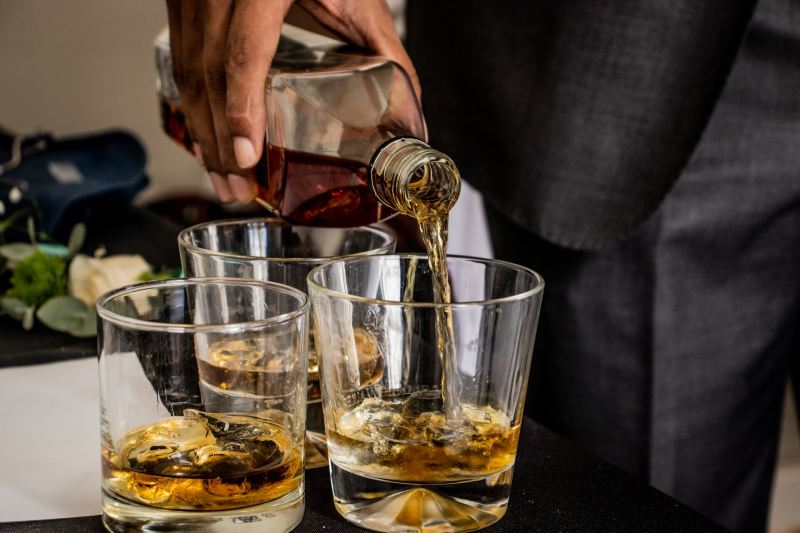
To say that whisk(e)y is a complicated spirit is a ridiculous understatement. First and foremost, only the U.S. and Ireland even use the ‘e’ when describing the spirit. The rest of the world opts for calling it whisky. That being said, you still have to distinguish between bourbon whiskey, rye whiskey, Scotch whisky (and all the various types of whiskey offshoots), Japanese whisky, Canadian whisky, Irish whiskey, and every whisky from random locales throughout the world (including Taiwan, South Africa, Sweden, and beyond).
The six most common types of whisk(e)y
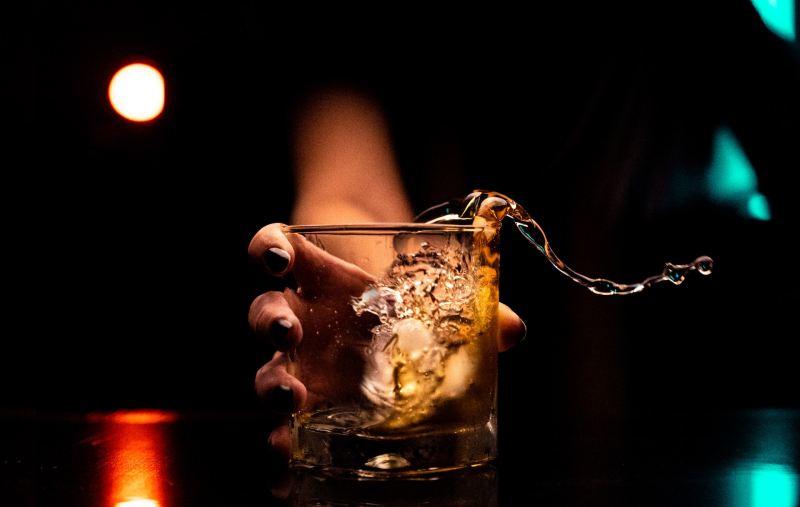
Lucky for you, we’re here to help. Today, you’ll learn a little bit about the different categories and subcategories, where they’re made, what they taste like, and everything in between. We could write a dozen or more articles diving into the definitions and descriptions of white whiskey, blended whiskey, and more. But today is just a start. Below, you’ll learn about the six most common types of whiskey. Clearly, there are other whisk(e)ys to be discovered, but this is a great way to start your whiskey journey.
Bourbon

A true American-born product like jazz or the pickup, bourbon is essentially domestic whiskey. It can be produced anywhere in the States, but Kentucky is far and away the king of the category. Bourbon is made from at least 51% corn and aged in new oak vessels that have been charred. The end result must be bottled at a minimum of 80 proof, or 40% ABV. Bourbon is generally a fuller, sometimes sweeter style of whiskey. If that sounds good, check out these great bourbons.
Rye

The closest cousin of bourbon, rye is made from a majority of rye, or at least 51% of the grain bill. Whereas bourbon is primarily headquartered in the American South, rye was brought up farther north. One distinction is the “straight” title, which refers to rye whiskey that’s aged for at least two years and has not been blended with other whiskies prior to bottling. It’s also aged in new, charred barrels and cannot be any more alcoholic than 160 proof (which is very uncommon, as most ryes, like bourbons, end up around 40% ABV). Rye tends to be a bit more spicy or peppery on the palate.
Scotch

Hailing from Scotland, Scotch is perhaps the most distinctive of the subcategories. In its formative era, the entirety of this whisky style was made from malted barley. In the present era, it’s also made from rye or wheat. Scotch must be aged at least three years in oak barrels.
There are some more complicated legal details about the production process but by and large, you can get away with thinking of Scotch as whiskey’s smoky relative from across the pond. Because it’s often made with malted barley that’s been heated by peat, it tends to offer peaty notes (think woodsy). There’s a lot of history to the stuff, with the first documented creation dating back to the 15th century.
Irish whiskey
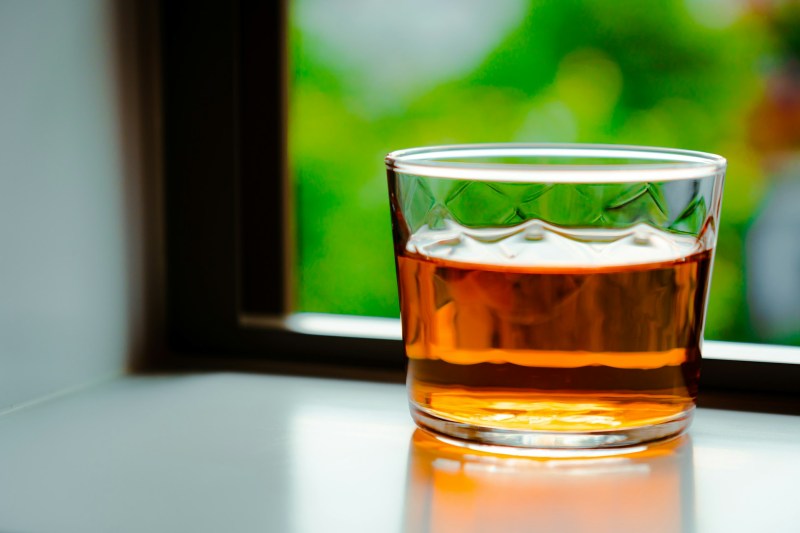
You guessed it: Irish whiskey must be made in Ireland. There’s more flexibility with the grain bill here, compared to most other whiskey types. It’s often smoother than Scotch, its closest whiskey sibling. It’s also the eldest, dating back to the 1100s. The spirit experienced a dramatic decline in the early 20th century due to various wars and trade agreements, but it has since enjoyed something of a resurgence.
Japanese whisky
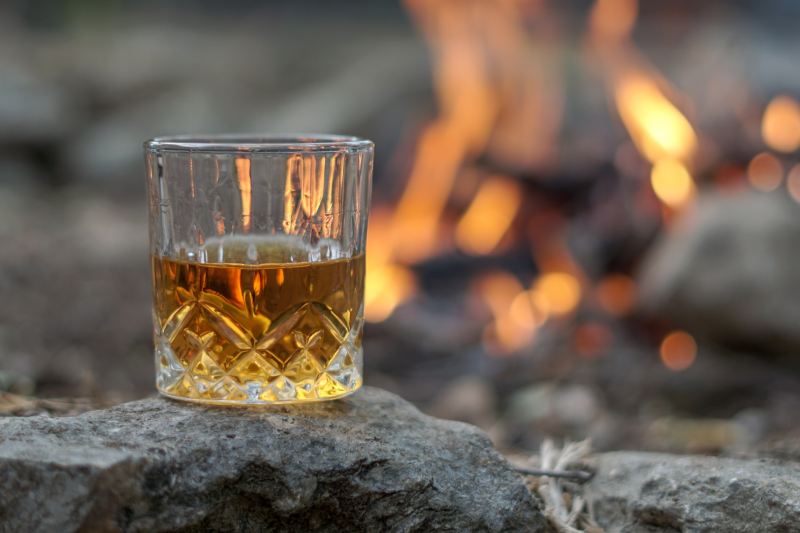
Perhaps the most exciting whiskey subcategory today, Japanese whiskey is thriving. It’s relatively new, dating back to the late 1800s. There tends to be a lot of blending involved, as well as bringing in grains or fermented grains from elsewhere, like Scotland. Japanese whisky is very much inspired by Scotch, and the current generation of producers is really looking to showcase the place (climate, ingredients, etc.) in their spirits. This is a category to watch over the next several years for all whiskey enthusiasts.
Canadian whiskey

Whiskey from the Great White North, expectedly, bears the Canadian name. This style is often lighter and quite smooth, made primarily from a corn base, often with some rye. They’re aged at least three years and can include some flavoring or caramel for color. The rules are perhaps the laxest, including a wide arrange of woods allowed for the aging. As a result, it’s a subcategory of whiskey with a broad spectrum. The earliest versions were made of wheat, dating back to the 18th century.
How to drink whiskey
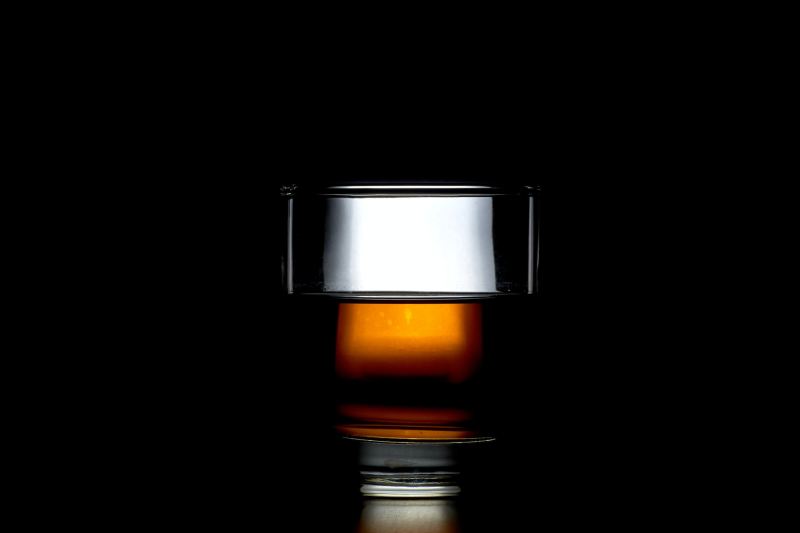
We wrote a whole article on how to drink whiskey, but in short, you’ll either consume whiskey neat (meaning on its own without ice), with a drop of water, poured over ice cubes, or in a cocktail. Scotch and Japanese whiskey are most likely to be consumed neat or with a drop of water to open up the flavor. When you think of classic whiskey cocktails like the Old Fashioned or Manhattan, you’ll likely reach for bourbon or rye. These styles of whiskey also frequently appear in drinks like the Whiskey Sour. Experiment with different styles of whiskey for different cocktails to see what you prefer.
There’s a whole variety of fancy whiskey glasses out there, but an Old Fashioned glass with a nice heavy bottom will do the trick just fine. Check out your local secondhand store to see what you can find. And drinking whiskey doesn’t have to be expensive. There are plenty of whiskeys under $35 to get you started.
Find the right whisk(e)y for you
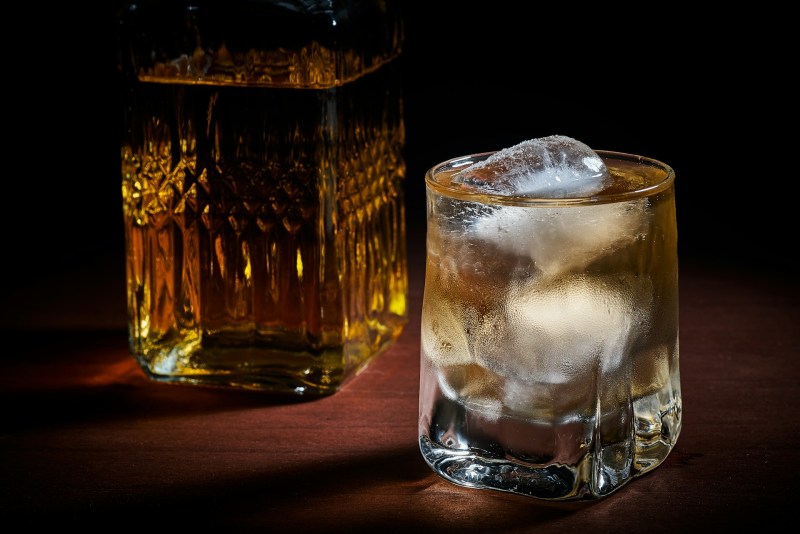
When it comes to whiskey, the key is to not get overwhelmed. It might seem like there is too much to know about whisk(e)y. And there definitely is much more to know than we highlighted above. All you really need to know is which whiskey or whiskeys you enjoy sipping.
First, find out if you like bourbon, rye, single malt Scotch whisky, or whatever style. Then, purchase a few bottles and read up on the ingredients, distillation process, and aging process. You’ll find that you’ll slowly begin to learn the intricacies of the whiskey. As the Chinese proverb says, “A journey of a thousand miles begins with a single step.”



